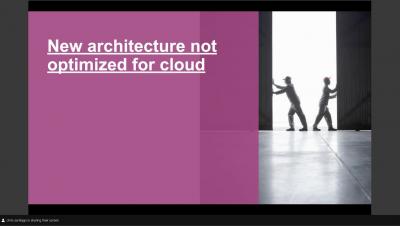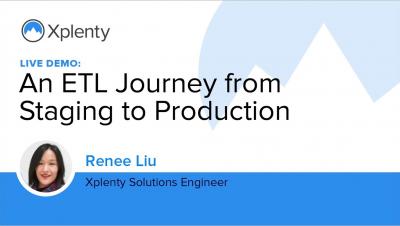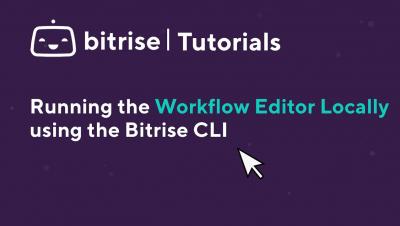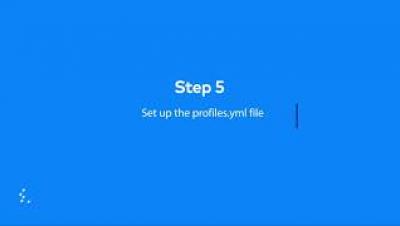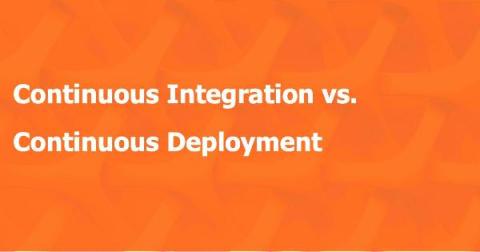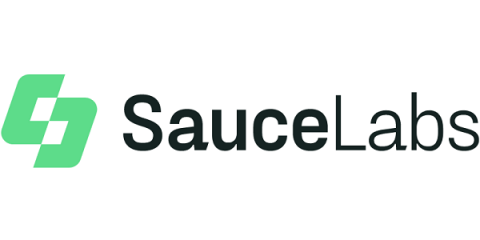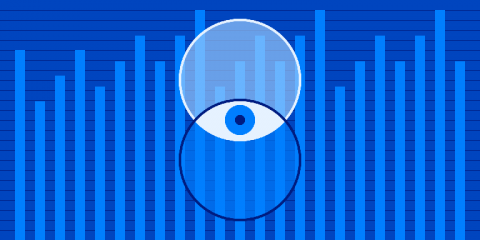Systems | Development | Analytics | API | Testing
%term
Xplenty LIVE Platform Demo: Using Workflows
Running the Workflow Editor locally using the Bitrise CLI | TUTORIAL
Getting Started with dbt Orchestrations
Continuous Integration vs. Continuous Deployment
Thanks to Linus Torvalds, the creator of not only Linux, but also the most popular version control system - Git, multiple developers can simultaneously work on the development of the same application, ramping up the speed of production. Git was revolutionary - it enabled developers to keep track of code changes and collaborate seamlessly across different projects.
New Multithreading Model for Apache Impala
Today we are introducing a new series of blog posts that will take a look at recent enhancements to Apache Impala. Many of these are performance improvements, such as the feature described below which will give anywhere from a 2x to 7x performance improvement by taking better advantage of all the CPU cores. In addition, a lot of work has also been put into ensuring that Impala runs optimally in decoupled compute scenarios, where the data lives in object storage or remote HDFS.
Speeding Up Your Tests: Short Tests in Parallel
In the first blog in this series, I talked about test speed, and why it shouldn’t be your first priority. Rather, you should focus on getting accurate test results back consistently. This week, I’ll discuss the power of parallelization in testing.
Your Data Access and Transparency Journey
How can your organization ensure data access and transparency? Measure yourself against this model, courtesy of our partners at Slalom.
An expert's perspective on succeeding with mobile banking and finance in MEA
To dive deeper into some of the findings of our recent fintech mobile report, we reached out to banking and finance professionals in a series of conversations. We explored region-specific challenges and how different institutions keep up with the industry’s increasingly mobile-first direction.
Ship mobile apps faster with the Waldo Verified Step
Waldo is a no-code testing platform, that allows teams to test apps without the hassle of scripting. With the Waldo Verified Step, you can automate testing and ship your app to the users faster, directly from Bitrise.


